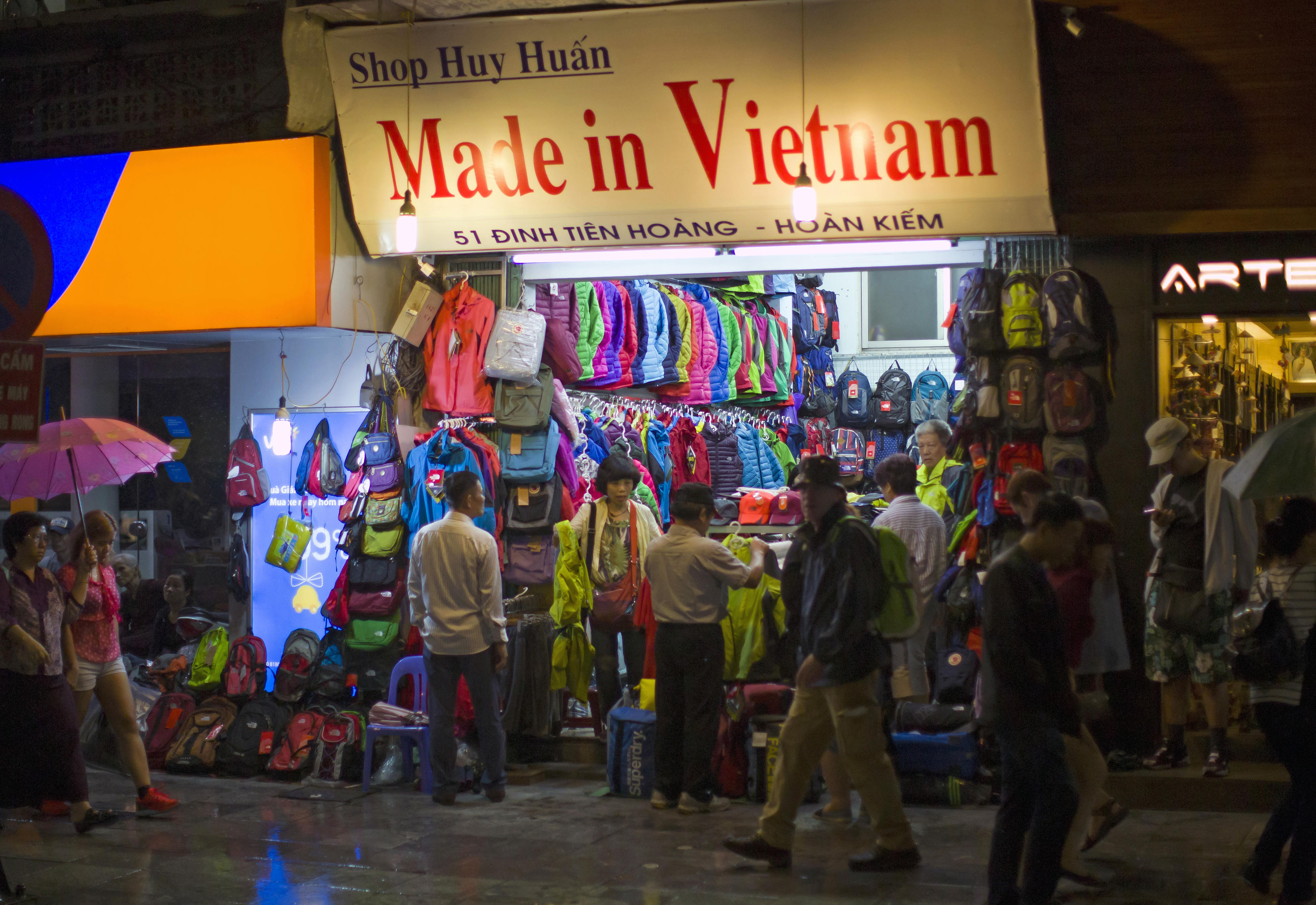A shopping street in Hanoi by night
Copyright© Thomas Köhler/photothek.net
Economic situation Dynamic economic development
In the recent past, economic growth has usually been above six per cent. When the COVID-19 pandemic began, the government responded with comprehensive restrictions on daily life and the economy. As a consequence, economic activity declined significantly. Some industries, for example international tourism, came to an almost complete standstill. At a little less than three per cent, the growth rate still remained clearly positive in 2020 and 2021, even if it was lower than before. In 2022, the growth rate was eight per cent again.
The government's ambitious goal is to make Viet Nam an industrialised country. To that end, it will have to further increase its efforts to promote private-sector activity, modernise government institutions, reduce red tape, and invest even more in education. And in order to make the country more attractive for investors, the government will have to strengthen the rule of law and related institutions and take stronger action against corruption and clientelism.
Local enterprises not competitive in international markets
At present, the country's economy is still characterised by two distinct segments. On the one hand, there are many small and micro enterprises that are not very productive and not competitive in international markets. They mainly target the national market. Informal workers account for an estimated 50 per cent of Viet Nam's workforce. The country lacks supplier industries of its own. Many components and intermediate goods have to be imported.
On the other hand, state-of-the-art economic centres are being set up in various locations, attracting increasing numbers of international investors. Nearly three quarters of Viet Nam's export products are made by foreign-funded companies. Apart from agricultural products, Viet Nam's main export goods are electronic equipment, textiles, footwear, and furniture. A new digital industry is emerging, and the service sector is gaining increasing importance. Retail and tourism in particular are benefiting from a growing middle class with considerable disposable income. However, the shortage of well-trained skilled labour is acting as a constraint to growth.
As at: 19/01/2024
